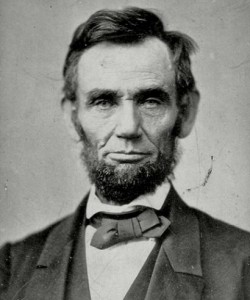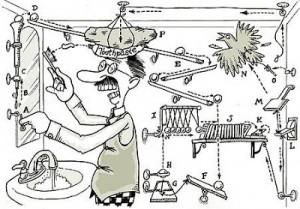The latest iteration of the Web Content Accessibility Guidelines became effective with the publication of version 2.1. on June 5, 2018. The newest version adds an additional 17 success criteria for compliance with WCAG, 12 of which are part of success level 2, the level that has become a de facto standard for the ADA.* I’ve shared my thoughts on how this may change the ADA litigation landscape with Usablenet, which just published its overview of the changes in “New Web Content Accessibility Guidelines (WCAG) 2.1 – What When How.” In this blog I’d like to consider the deeper questions posed by this revision: Who gets to decide what discrimination means?
It is worthwhile to start with a look at the stated purpose of the ADA itself. The declaration of policy in 42 U.S.C. §12101 never uses the word “accessible” and refers to “access” only with respect to public services. The focus of the ADA is discrimination, and standards for accessibility are only part of Congress’ intent to “to provide clear, strong, consistent, enforceable standards addressing discrimination against individuals with disabilities.” (42 U.S.C. §12101(b)(2)). More






